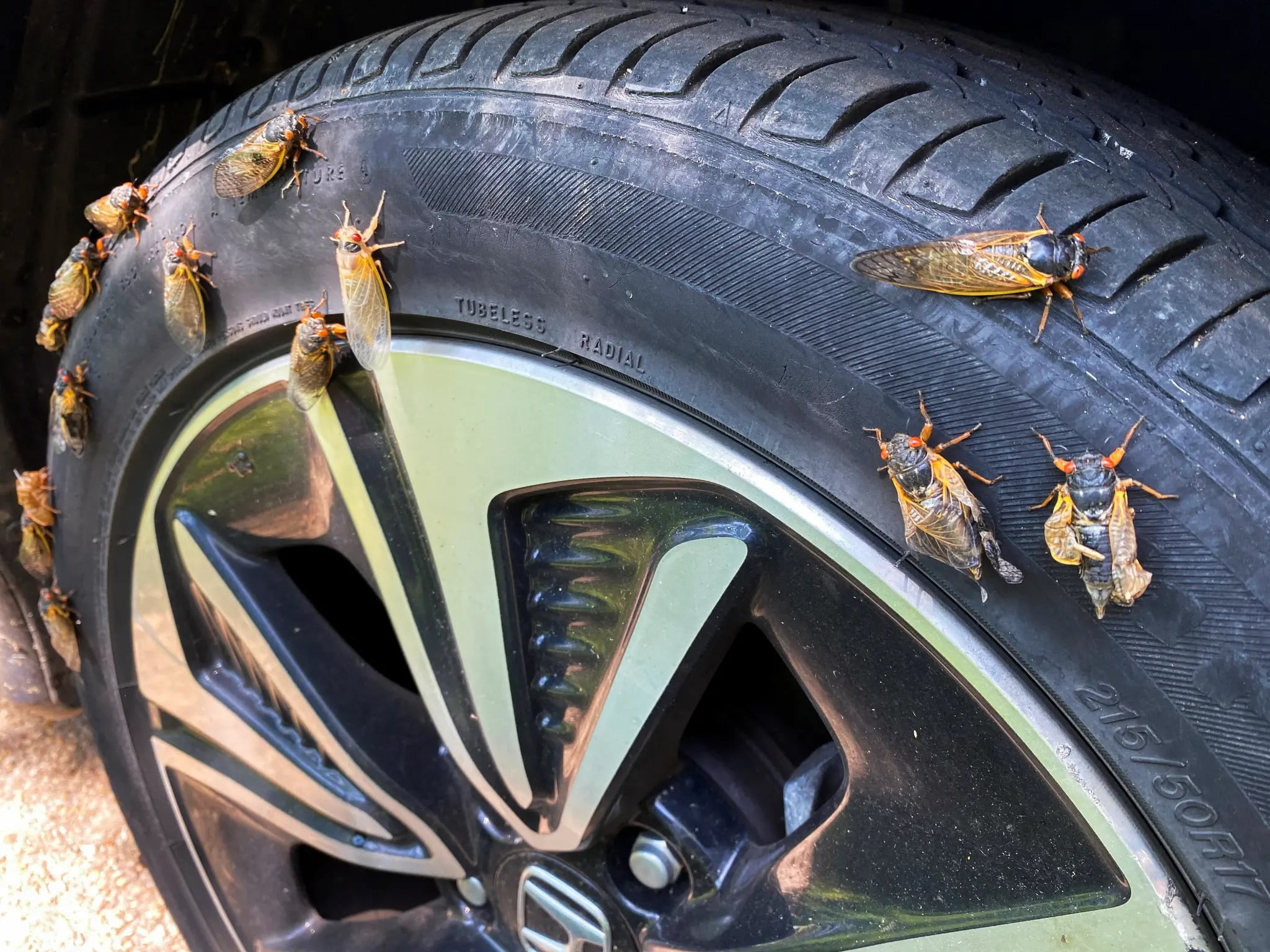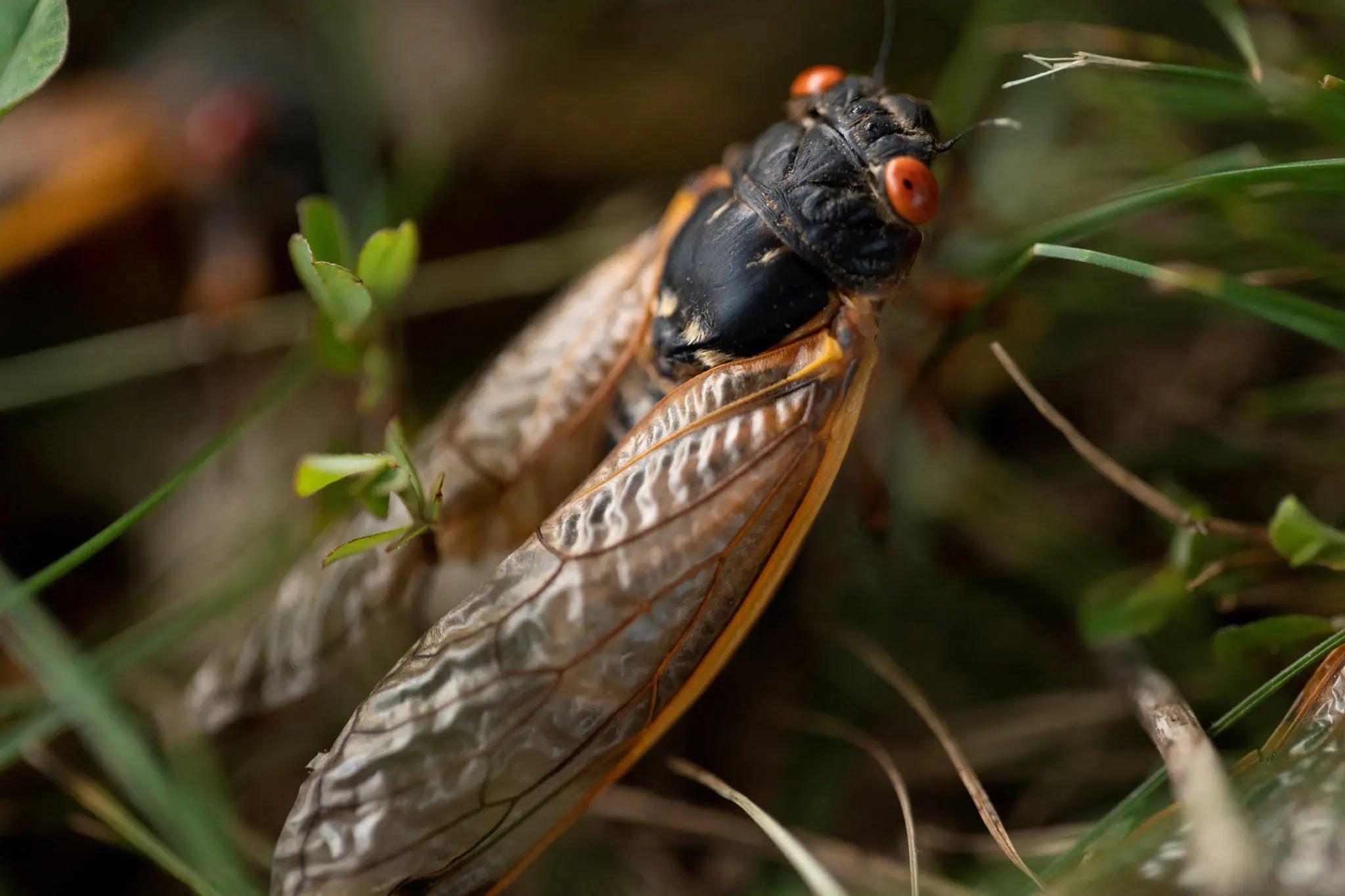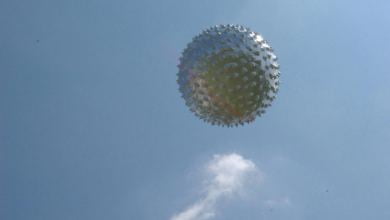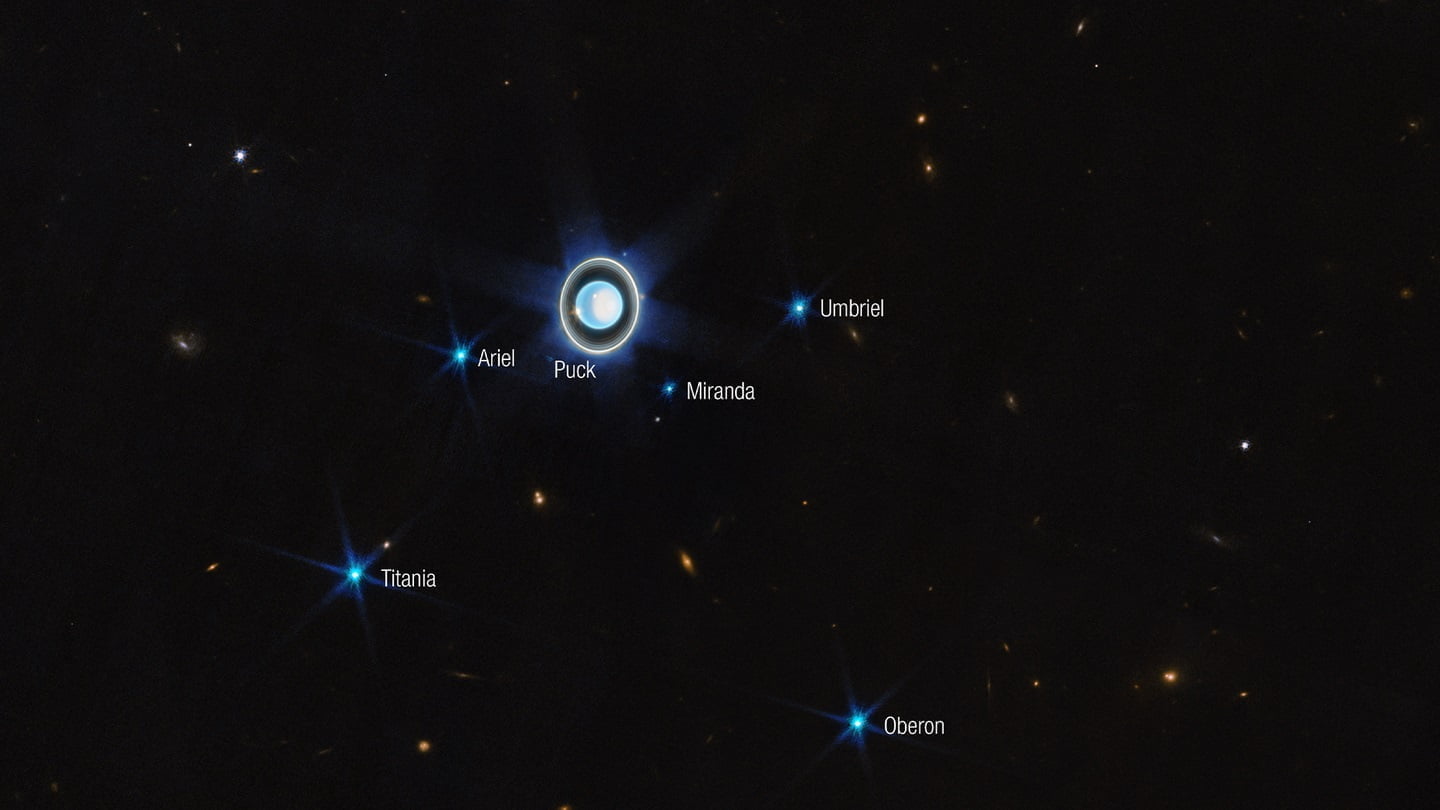Trillions of cicadas last seen when Thomas Jefferson was president to swarm US for first time in more than 200 years
Get ready for a buzzing good time! This year marks a unique event – the first time in over two centuries that two distinct cicada broods, XIX and XIII, will emerge from the earth together. Imagine, the last time this happened was during Thomas Jefferson’s presidency, and the next won’t be until the year 2244!
These inch-and-a-half-long insects boast impressive physiques: sturdy bodies, bright red multifaceted eyes, and delicate, transparent wings stretching to nearly three inches. But don’t let their appearance fool you – the Environmental Protection Agency assures us cicadas pose no threat to people, pets, gardens, or farms.
In fact, these fascinating creatures are a valuable food source for birds and mammals. They even contribute to healthy soil by aerating lawns, improving water filtration, and adding nutrients as they decompose.
While most cicada species emerge annually, the United States is home to two special broods that spend either 13 or 17 years underground before surfacing.
“The co-emergence of any two broods of different cycles is rare, because the cycles are both prime numbers,” explains John Cooley, a cicada expert at UConn.
“Any given 13 and 17-year broods will only co-emerge once every 13 x 17 = 221 years,” he added.

Brood XIII, known for its 17-year cycle, primarily inhabits northern Illinois, eastern Iowa, southern Wisconsin, and a few northwestern Indiana counties.
Brood XIX, with its slightly shorter 13-year cycle, boasts a wider range across 15 states, including Alabama, Arkansas, Georgia, and Virginia.
While their territories encompass parts of 17 states, these two broods only significantly overlap in a small area of central Illinois and occasionally Indiana. This proximity might even allow for some interbreeding between broods.
Female cicadas create slits in small tree branches, laying clutches of 20 to 30 eggs within each. A single female can lay hundreds of eggs in her lifetime! These eggs hatch in late summer, and the young cicadas burrow back underground.
John Cooley emphasizes the rarity of this event, comparing it to a sight even more spectacular than Halley’s Comet. “This summer, some will get a chance to witness a phenomenon rarer, and probably louder, than Halley’s comet,” he says.
“You cannot possibly be unaware that periodical cicadas are out, because they’re out by the millions and millions, and they’re noisy, charismatic, active insects that are just everywhere,” Cooley noted.
However, the EPA warns that cicadas can pose a threat to young trees by laying eggs in their branches. The agency recommends covering vulnerable saplings with mesh or netting to deter these industrious insects.













